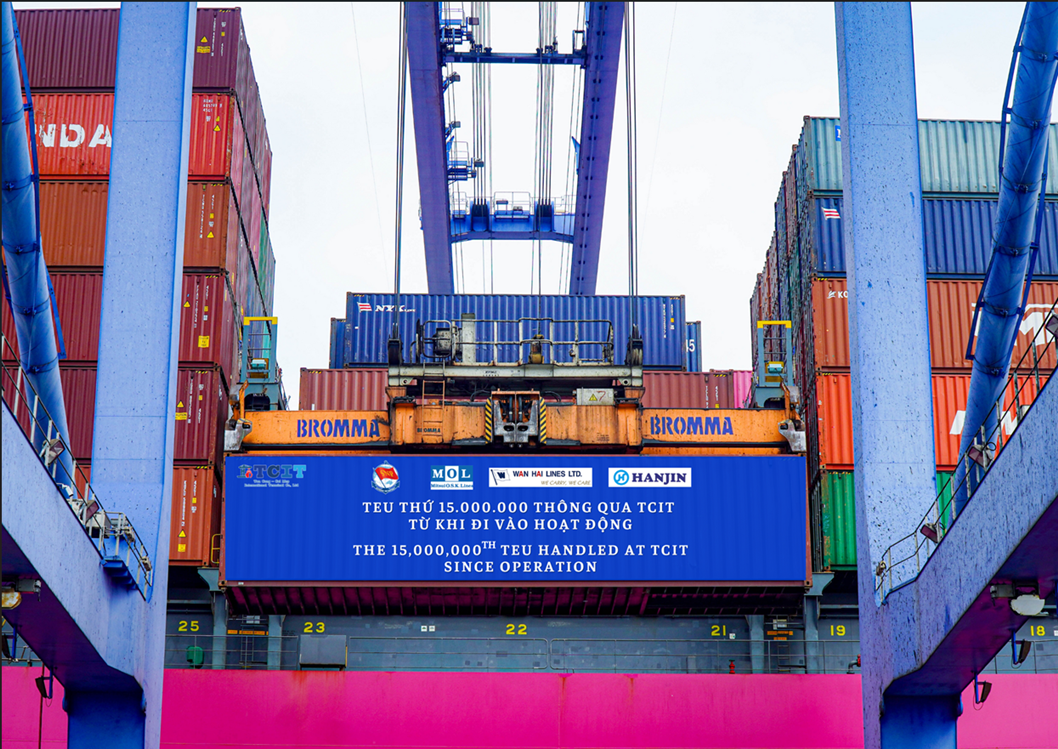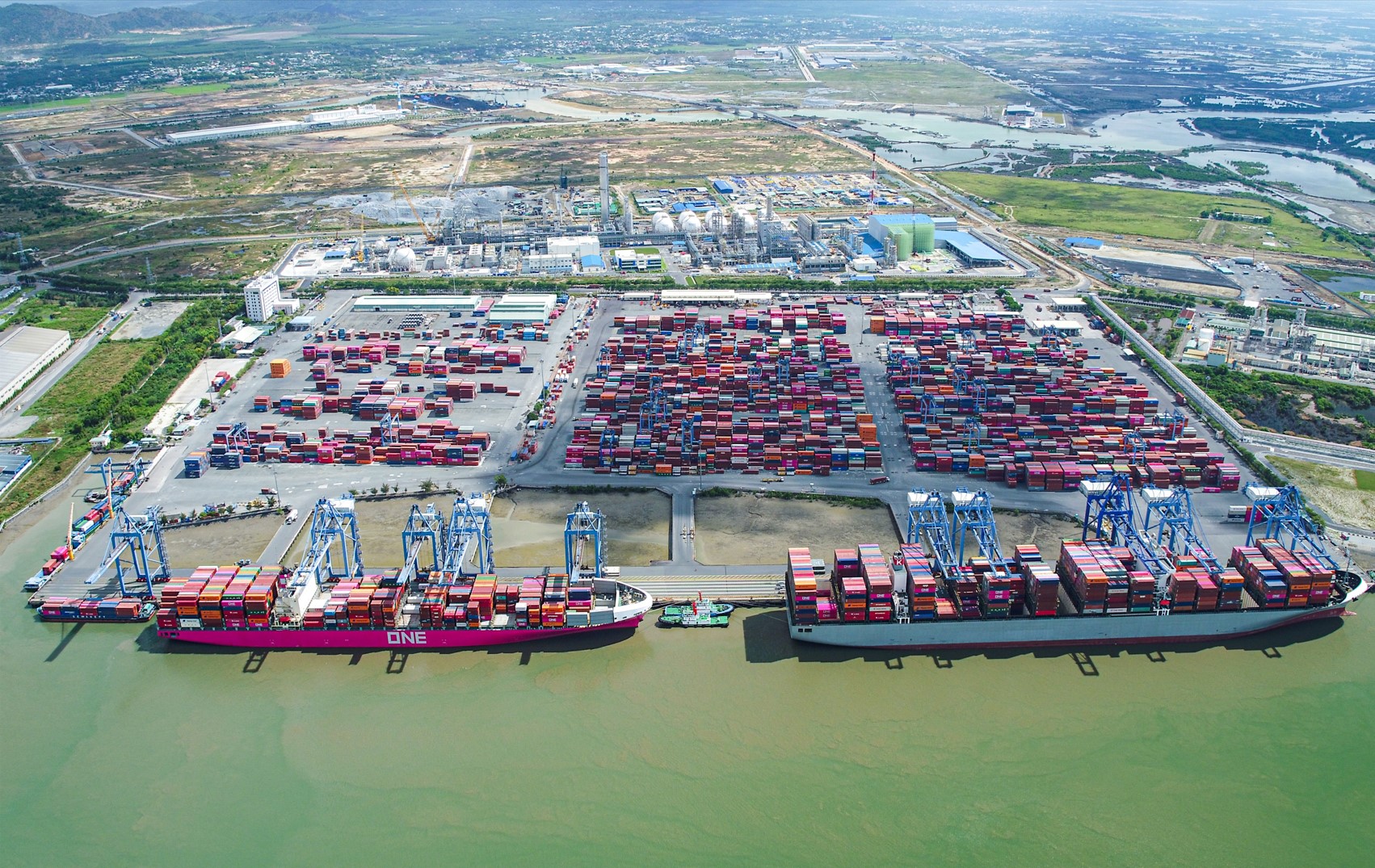ZIM widens quarterly loss to US$34.1 million despite 14.7pc more sales
ISRAELI flag carrier ZIM widened its quarterly net loss to US$34.1 million from last year's shortfall of $6.4 million, despite a 14.7 per cent year-on-year increase in revenue to $751.4 million and 16.7 per cent more volume to 698,000 TEU.
"Since the second half of 2016 and through the third quarter of 2017, increases were recorded in freight rates as well as in bunker prices.
"From the fourth quarter of 2017 and during the last first quarter, freight rates have decreased while bunker prices continued to increase," said the ZIM statement accompanying the results.
ZIM's average freight rate per TEU during the quarter slipped 1.6 per cent year on year to $938.
Said CEO Eli Glickman: "While we started to see an improvement in some of the trade towards the end of the quarter, Q1 2018 results, on the whole, were negatively impacted by the combined effect of increased bunker prices, higher charter costs and lower freight rates."
Looking ahead, Mr Glickman said that ZIM keeps investing in digital solutions to enhance efficiency and customer experience and remains focused on achieving its goals as an independent carrier.
ZIM operates 85 vessels with 4,200 staff ashore and afloat. Financial institutions and shipowners own 68 per cent of its shares with Kenon Ltd owning the 32 percent
ONE alliance calls at Colombo on Asia-North America EC5
OCEAN Network Express' (ONE) EC5 service has started calling at the Port of Colombo. The service called at the South Asia Gateway Terminal (SAGT) in which APM Terminals holds a 33 per cent share.
Singapore-based ONE was established in July 2017 following the integration of the container shipping operations of "K" Line, MOL and NYK, Dubai's Maritime Standard reported.
ONE's EC5 service links Asia to the east coast of North America and calls at Laem Chabang, Thailand; Cai Mep, Vietnam; Singapore and Colombo before getting to the Atlantic via Suez and then calling at Halifax, New York, Savannah, Jacksonville and Norfolk. The eastbound leg stops at Halifax, Jebel Ali and Singapore.
Opened in 1999 SGAT was Sri Lanka's first private terminal. It has seen almost continuous year-on-year volume growth ever since and achieved a container throughput of 1.8 million TEU in 2017.
PIL Lines boosts Asia-ECSA service from a fortnightly to weekly service.
Singapore-based Pacific International Lines (PIL) has added capacity to the Asia-to-east coast of South America (ECSA) service - a decision that will turn its fledgling entry into that trade lane from a fortnightly to a weekly service.
Sources earlier said the carrier was preparing to add more tonnage as the freight rates on this trade lane had been "surprisingly strong," despite PIL's addition of five vessels back in April, according to IHS Media.
In addition, sources in Brazil have confirmed that PIL will launch in June a weekly service from Asia to the ECSA, on the back of rising freight rates and growing cargo volumes to/from both Argentina and Brazil, and due to a lack of space to handle that growth, particularly on the head-haul southbound lane. PIL will add 16,000 TEU of capacity, which will boost overall capacity on the trade lane to 360,000 TEU.
After Hanjin Shipping's bankruptcy and demise, and other mergers, there were 15 carriers squeezed into just three strings prior to the PIL launch.
"PIL is working hard to get the northbound Santos call as a fixed-day regular call," the PIL consultant said. "PIL has connections in Brazil for all over the world, and of course en route to Asia there are connections to east coast of Africa, the Middle East, and Arabian Gulf and we may look to add calls to South Africa in the future; we are studying this."
The Singapore-headquartered company added that the slots it currently takes out on the Multicarrier Loop 1 vessel-sharing agreement (VSA) operated by CMA CGM, Cosco, Evergreen, and Yang Ming would continue "until the end of July."
Source: World Maritime News

.png)









